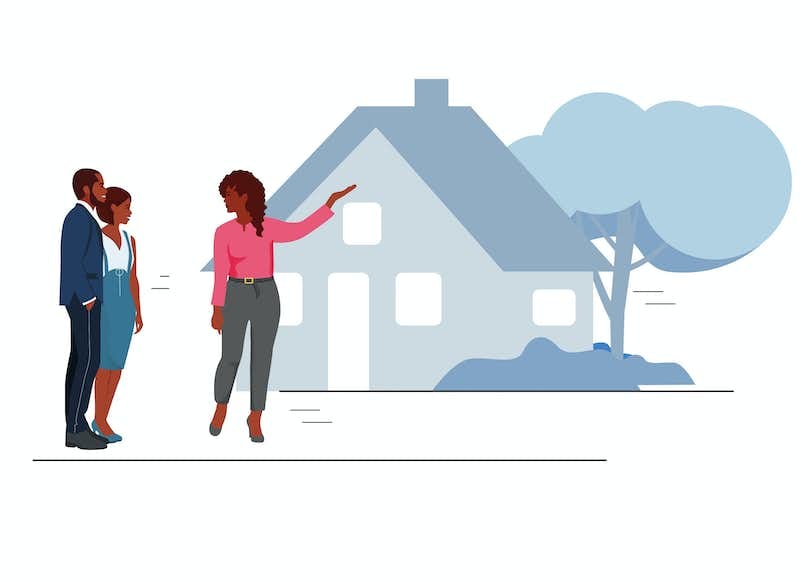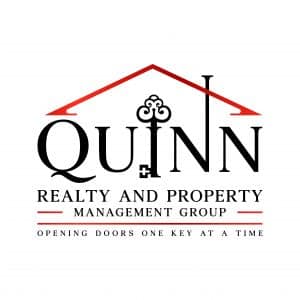Optimizing Home Administration Workflow for Long-Term Productivity and Tenant Retention

Reliable Interaction Methods
Effective communication is extremely important in enhancing property management procedures. Reliable and clear communication ensures that all stakeholders, including residential or commercial property owners, tenants, maintenance staff, and management, are on the same web page, bring about smoother procedures and enhanced occupant contentment. One essential element of effective interaction is establishing clear assumptions from the get go. Residential property managers must clearly describe lease terms, upkeep procedures, and communication channels to stay clear of misunderstandings down the line.
Making use of modern technology can likewise considerably improve interaction effectiveness in building monitoring. Carrying out property management software that permits real-time updates, automated notifications, and simple documents can enhance interaction processes and boost overall operational efficiency. Additionally, normal communication through different networks such as e-mail, call, and in-person meetings can help cultivate positive connections with occupants and attend to any type of concerns immediately.
Innovation Integration for Maintenance
In the world of home administration optimization, a key component that improves operational efficiency and maintenance processes is the combination of technology for simplifying maintenance tasks. By integrating innovation right into upkeep operations, residential or commercial property supervisors can gain from improved work order monitoring, aggressive upkeep organizing, and enhanced interaction with upkeep groups and occupants.
One considerable benefit of innovation combination in upkeep is the capacity to systematize job orders and track maintenance demands electronically. This simplifies the process of getting, assigning, and finishing maintenance tasks, causing quicker response times and enhanced tenant fulfillment. Predictive maintenance modern technologies can assist in determining prospective issues before they intensify, reducing the probability of costly fixings and decreasing downtime.

Data-Driven Decision Making
Making use of data-driven insights empowers residential property managers to make informed choices that optimize operational effectiveness and make the most of possession performance. Quinn Realty and Property Management. By leveraging data analytics devices and technologies, home supervisors can draw out beneficial info from numerous resources such as lessee responses, upkeep documents, and market trends. This data can supply essential understandings right into tenant choices, functional traffic jams, and cost-saving opportunities
Data-driven decision-making makes it possible for building supervisors to identify patterns and fads that may not appear with typical monitoring. Evaluating upkeep information might disclose reoccuring issues in certain devices, enabling managers to proactively address underlying troubles and stop future pricey repairs. Moreover, by monitoring tenant fulfillment metrics and lease renewal prices, property managers can tailor their services to meet occupant expectations, inevitably boosting occupant retention and lasting success.
Additionally, data-driven understandings can additionally educate calculated investment decisions by highlighting locations for Get the facts renovation or expansion based on market need and efficiency metrics. In general, including data-driven decision-making procedures right into residential or commercial property management procedures can lead this article to extra efficient source allocation, improved renter contentment, and increased productivity in the future.
Tenant Complete Satisfaction Efforts
Attracting insights from data-driven decision-making, home supervisors can implement targeted tenant satisfaction efforts to enhance overall leasing experiences and foster long-lasting renter connections. By comprehending tenant choices and discomfort factors, building supervisors can customize their services to satisfy the certain requirements of their renters, eventually causing higher satisfaction degrees and raised renter retention rates.
One effective occupant fulfillment effort is to establish clear lines of interaction with occupants to attend to any type of worries without delay. Normal responses surveys can likewise offer valuable understandings right into lessee contentment degrees and locations for enhancement. Home supervisors can utilize this responses to make required modifications and show lessees that their point of views are valued.

Moreover, arranging neighborhood events and amenities that deal with the passions of renters can create a feeling of belonging and improve general fulfillment. By cultivating a appealing and favorable area setting, residential or commercial property supervisors can enhance lessee relationships and encourage lasting leases, eventually boosting earnings and renter retention in the lengthy run.
Streamlining Functional Procedures
Efficiency is paramount in residential or commercial property management, demanding the optimization of functional procedures to boost productivity and make best use of resources. Streamlining functional processes entails determining locations for renovation, getting rid of redundancies, and carrying out systems that improve general efficiency. One crucial facet of improving functional processes is the integration of innovation options such as building monitoring software application, which can automate tasks, enhance interaction, and offer real-time data insights. By digitizing procedures like maintenance requests, lease collection, and lease revivals, home supervisors can conserve time, reduce mistakes, and boost occupant fulfillment.
Moreover, carrying out standardized procedures and workflows can assist create consistency across homes, minimize complication, and enhance day-to-day procedures. On a regular basis reviewing and optimizing these processes is necessary to adapt to changing market problems, renter requirements, and regulatory needs. By continuously looking for ways to simplify operational procedures, home supervisors can not just increase their very own effectiveness but additionally deliver better solutions to occupants, inevitably leading to long-lasting success and tenant retention.
Final Thought
In verdict, optimizing home administration procedures through reliable communication, technology combination, data-driven decision production, lessee contentment efforts, and simplifying procedures is essential for lasting productivity and lessee retention. By carrying out these methods, home supervisors can improve functional effectiveness, reduce costs, and enhance tenant contentment, ultimately leading to boosted profitability and occupant commitment. It is important for home administration firms to continuously assess and readjust their operations to meet the evolving needs of both tenants and the market.
Clear and reliable interaction ensures that all stakeholders, including residential property proprietors, renters, upkeep staff, and administration, are on the same web page, leading to smoother operations and raised renter satisfaction - Quinn Realty and Property Management. By checking renter satisfaction metrics and lease renewal rates, property managers can tailor their solutions to satisfy occupant assumptions, eventually boosting tenant retention and long-lasting productivity
By continually seeking ways to enhance operational processes, residential property managers can not only boost their very own effectiveness but additionally supply far better solutions to lessees, eventually leading to long-term profitability and lessee retention.
In conclusion, optimizing property administration operations through efficient interaction, technology combination, data-driven decision production, tenant contentment initiatives, and simplifying processes is necessary for long-term their explanation profitability and occupant retention (Quinn Realty and Property Management). By executing these approaches, residential or commercial property managers can boost functional performance, reduce prices, and boost lessee fulfillment, eventually leading to boosted success and tenant commitment